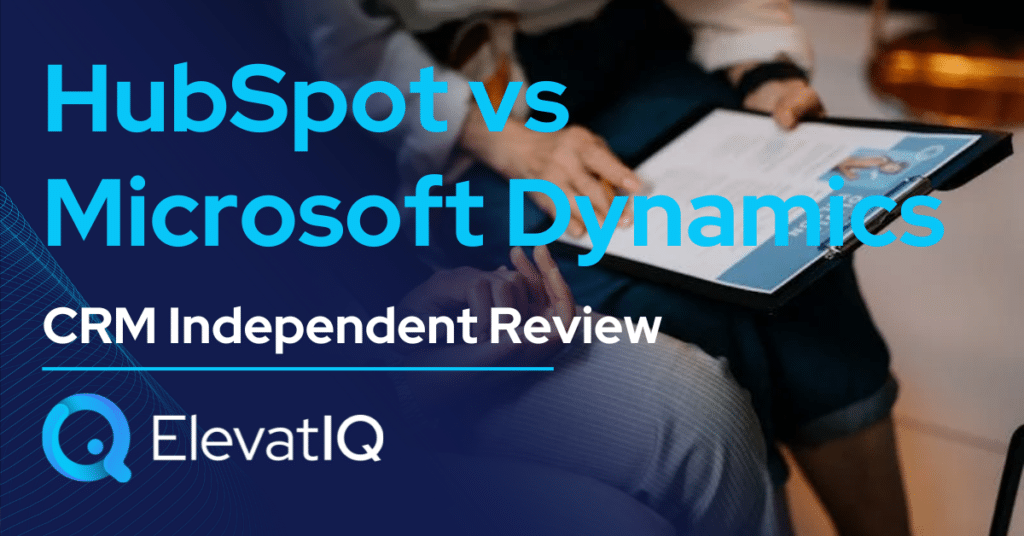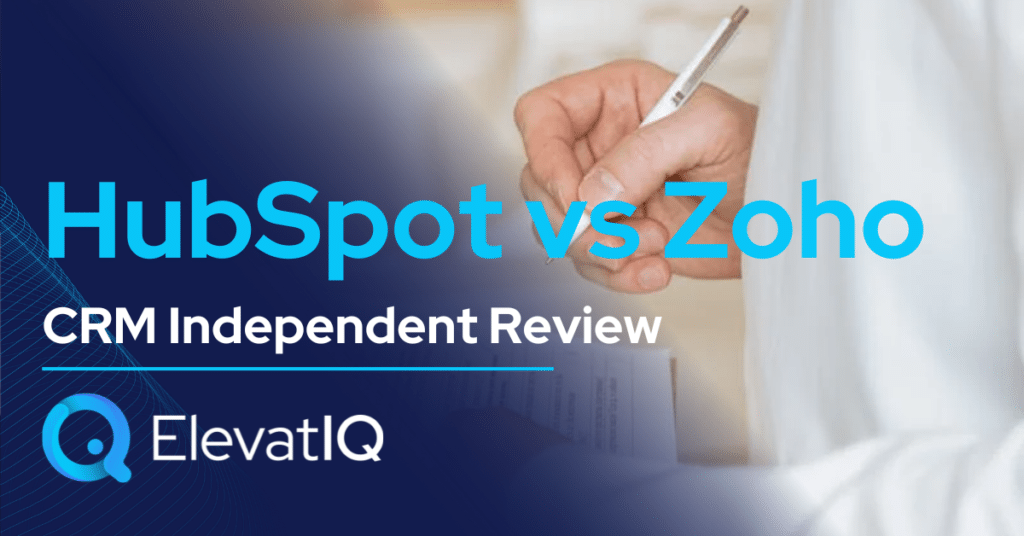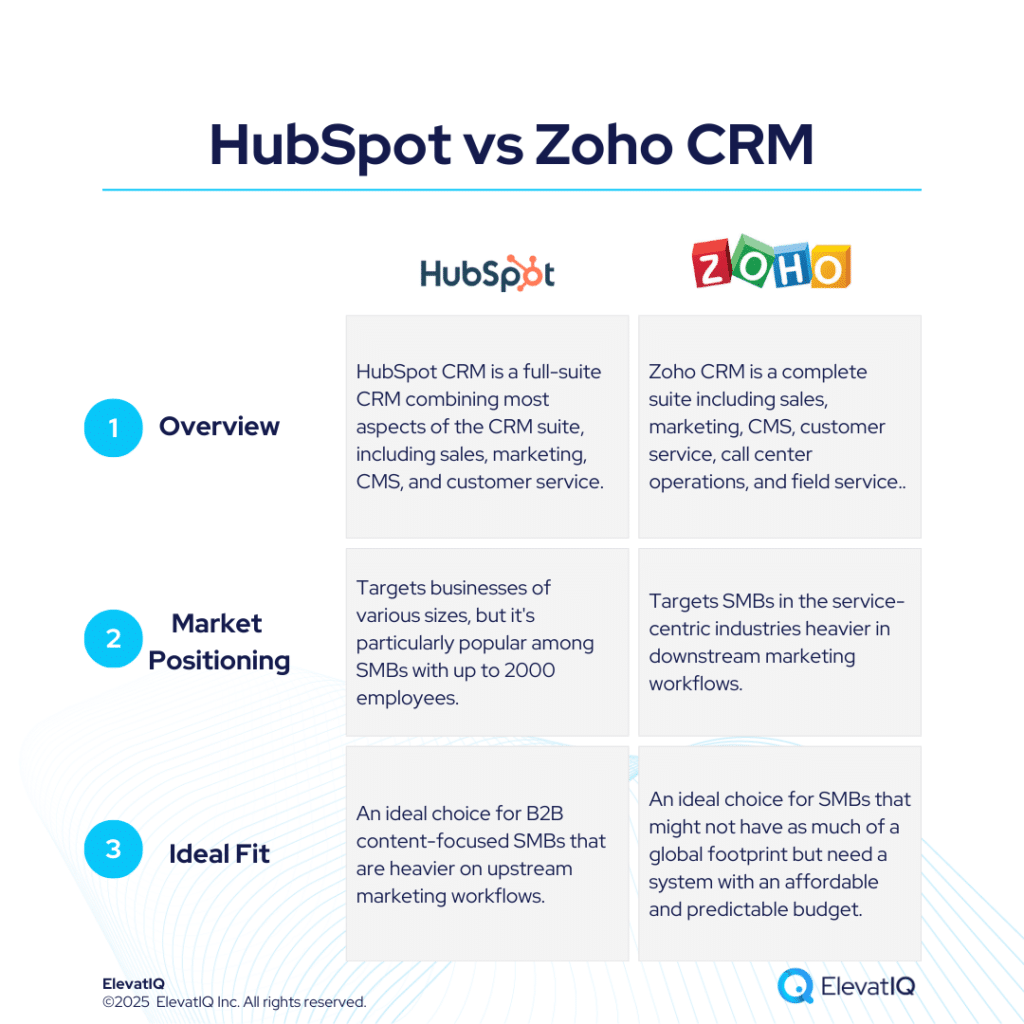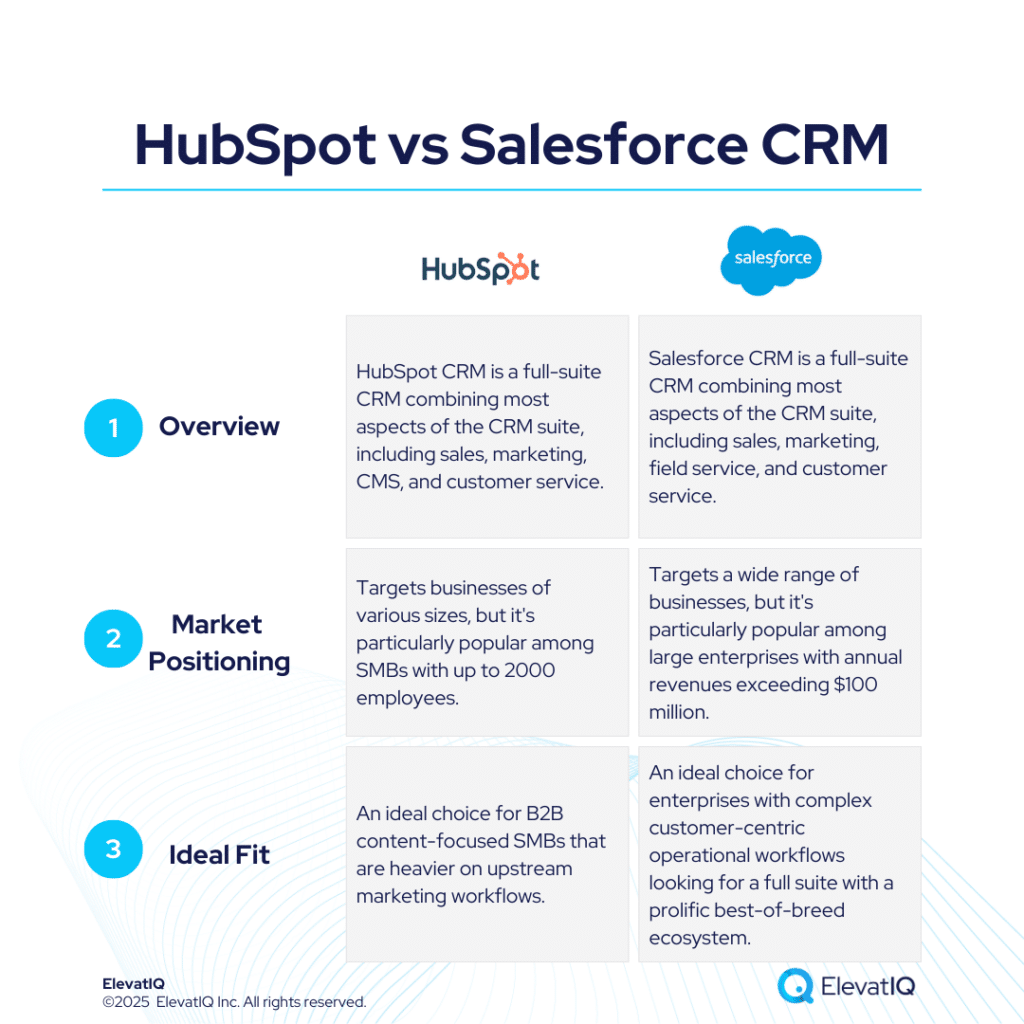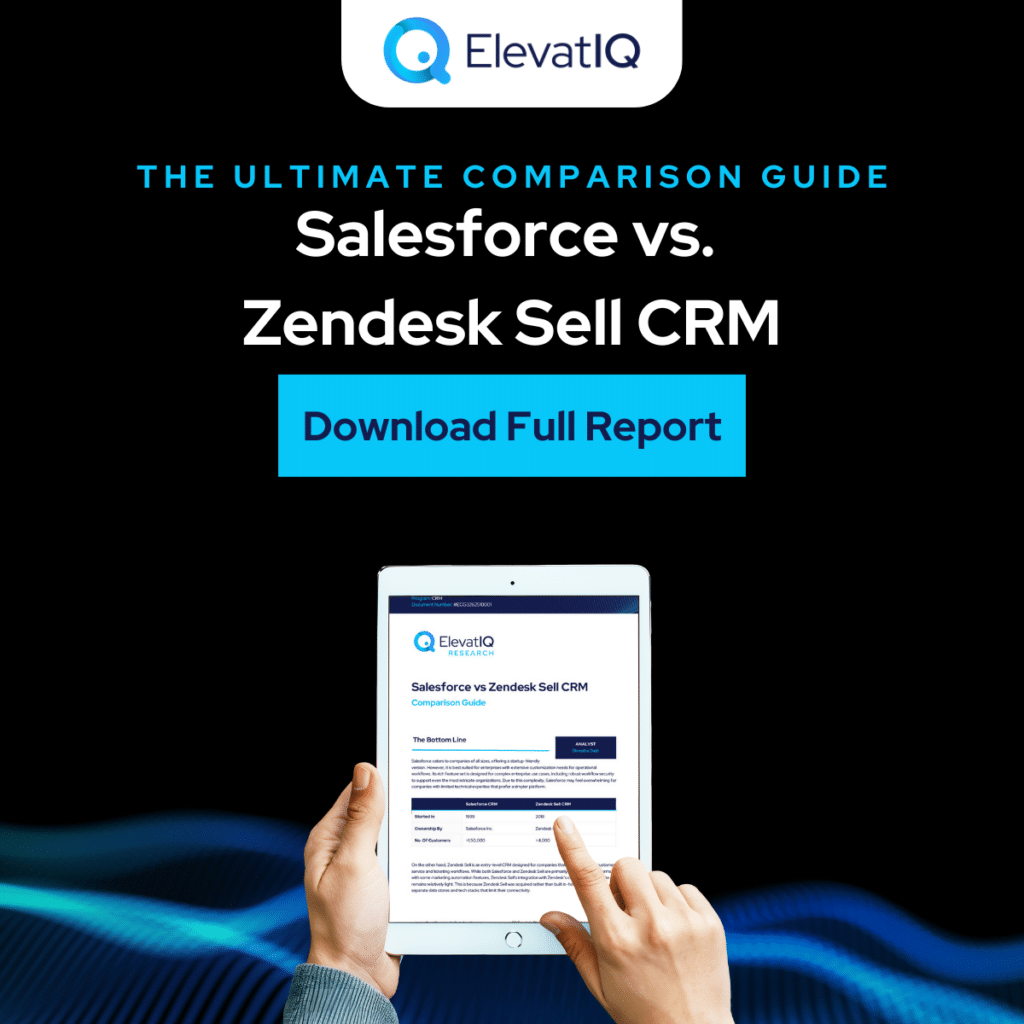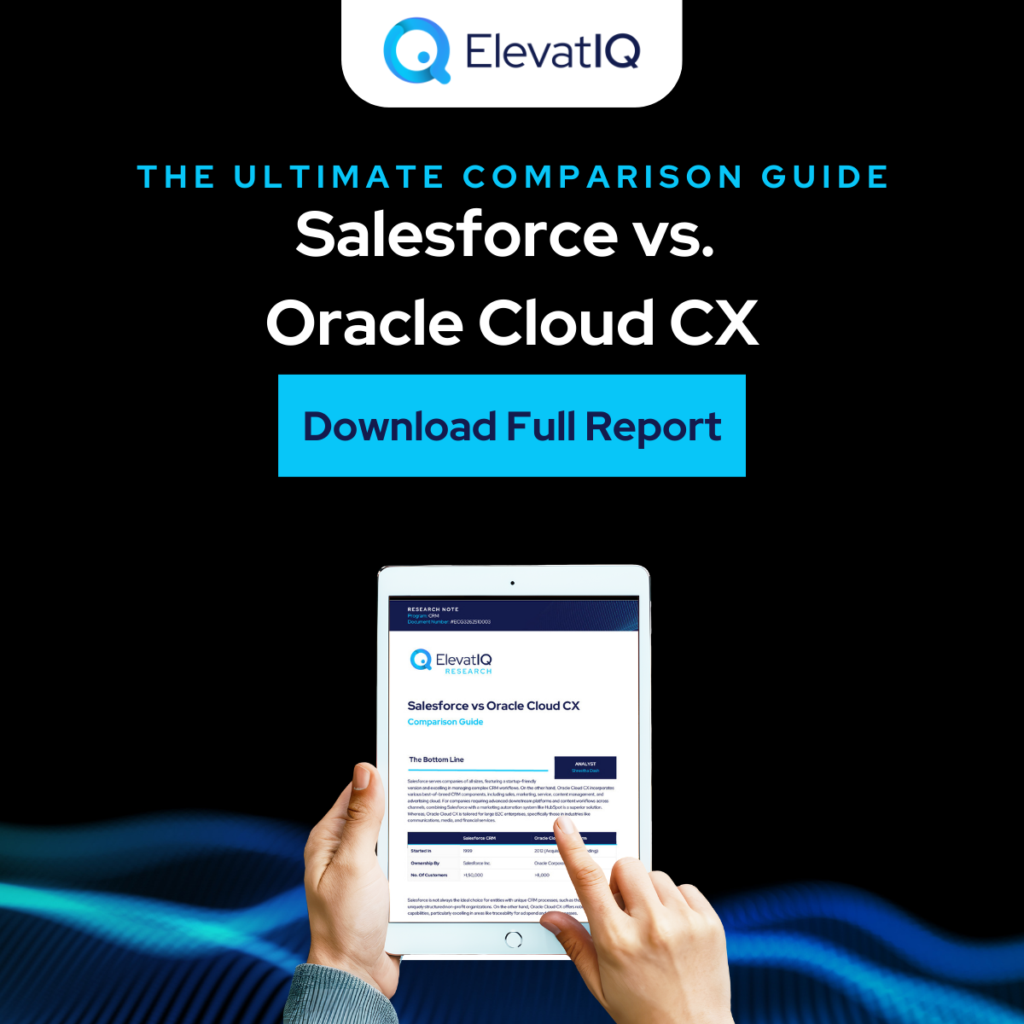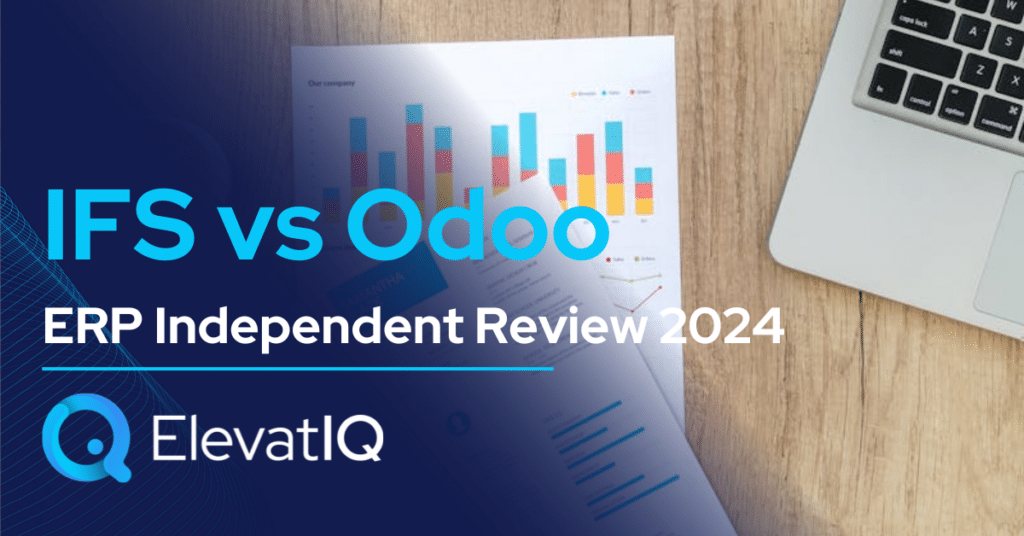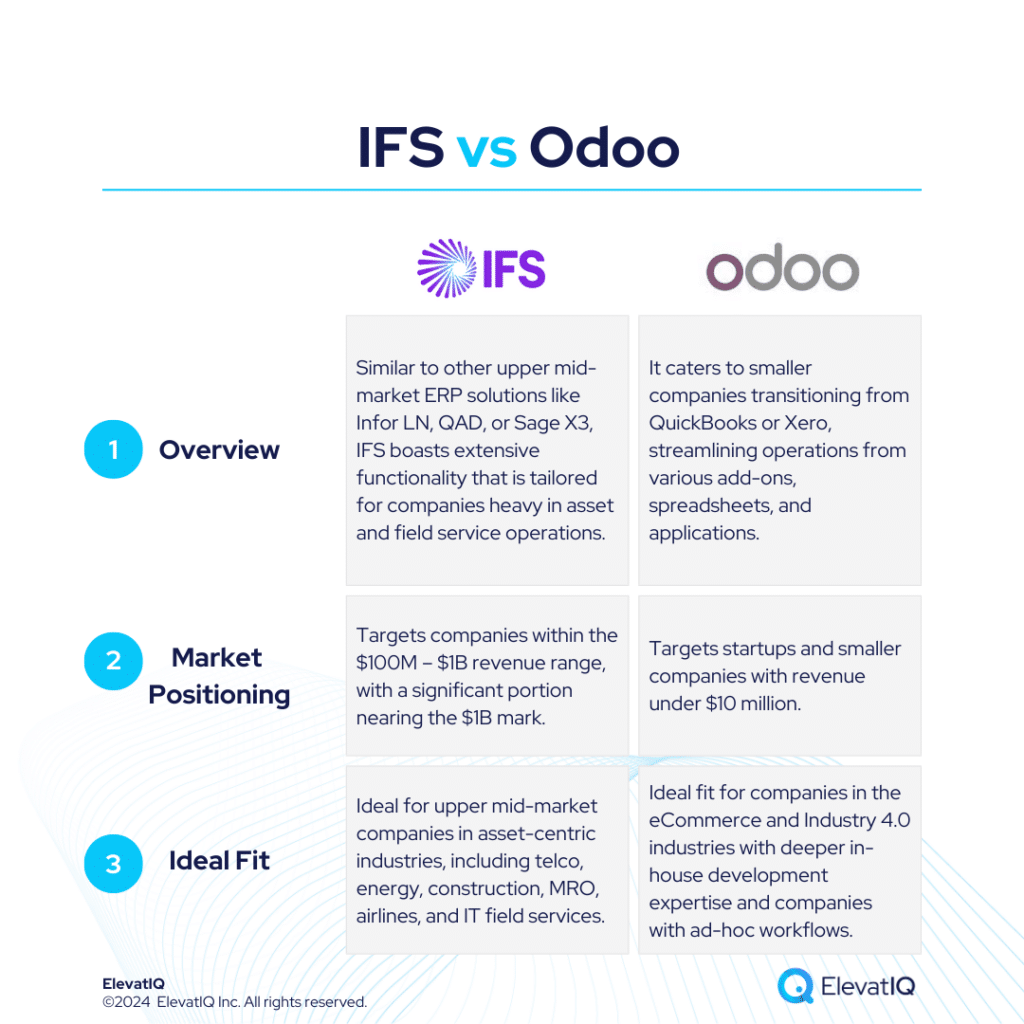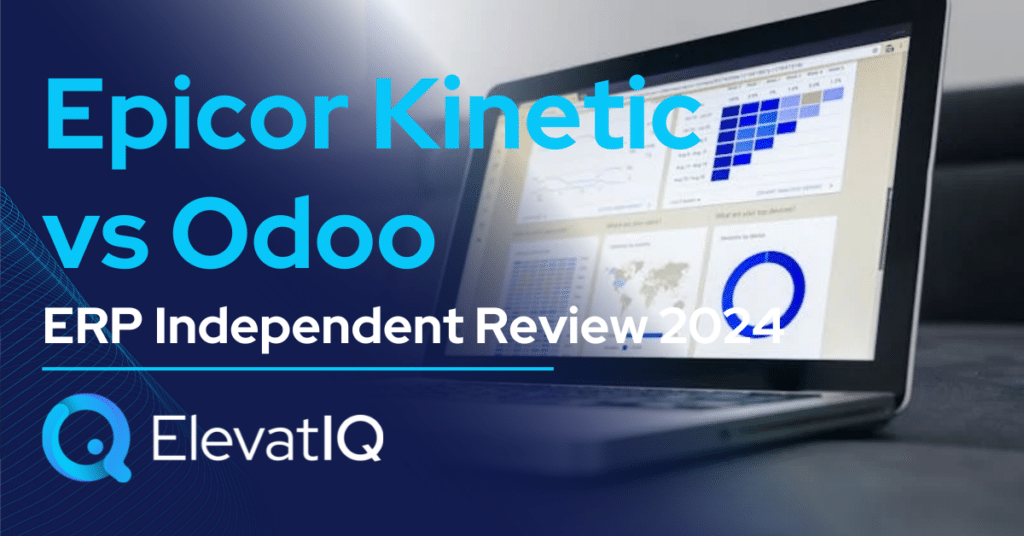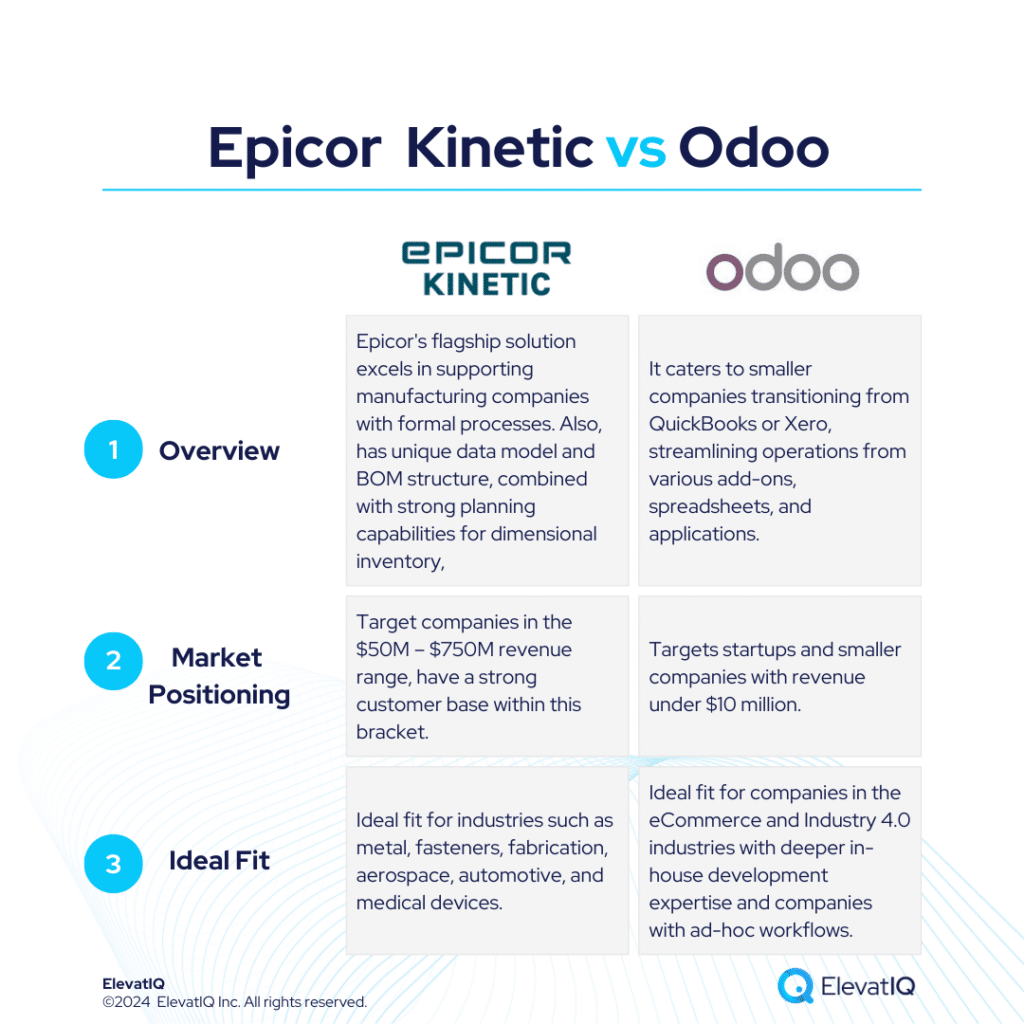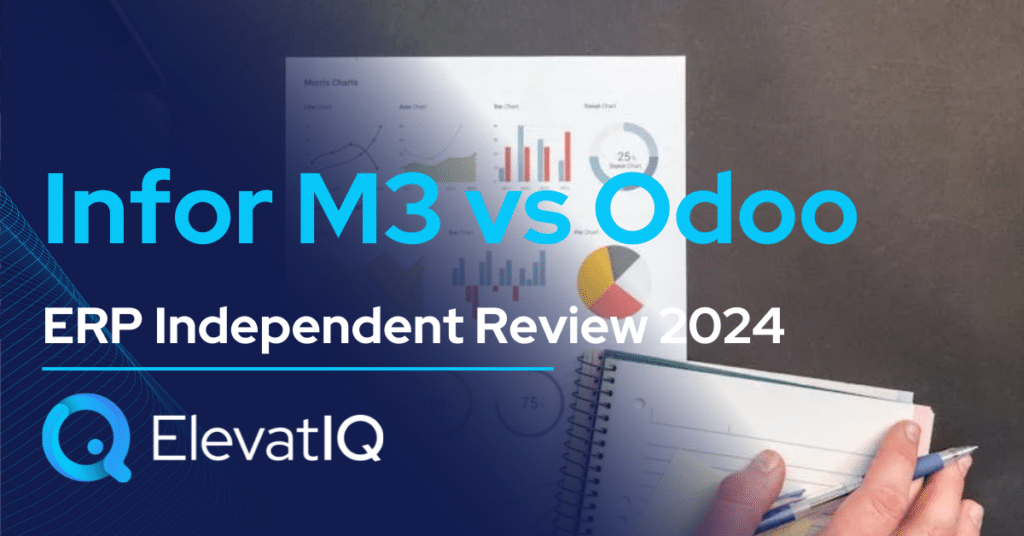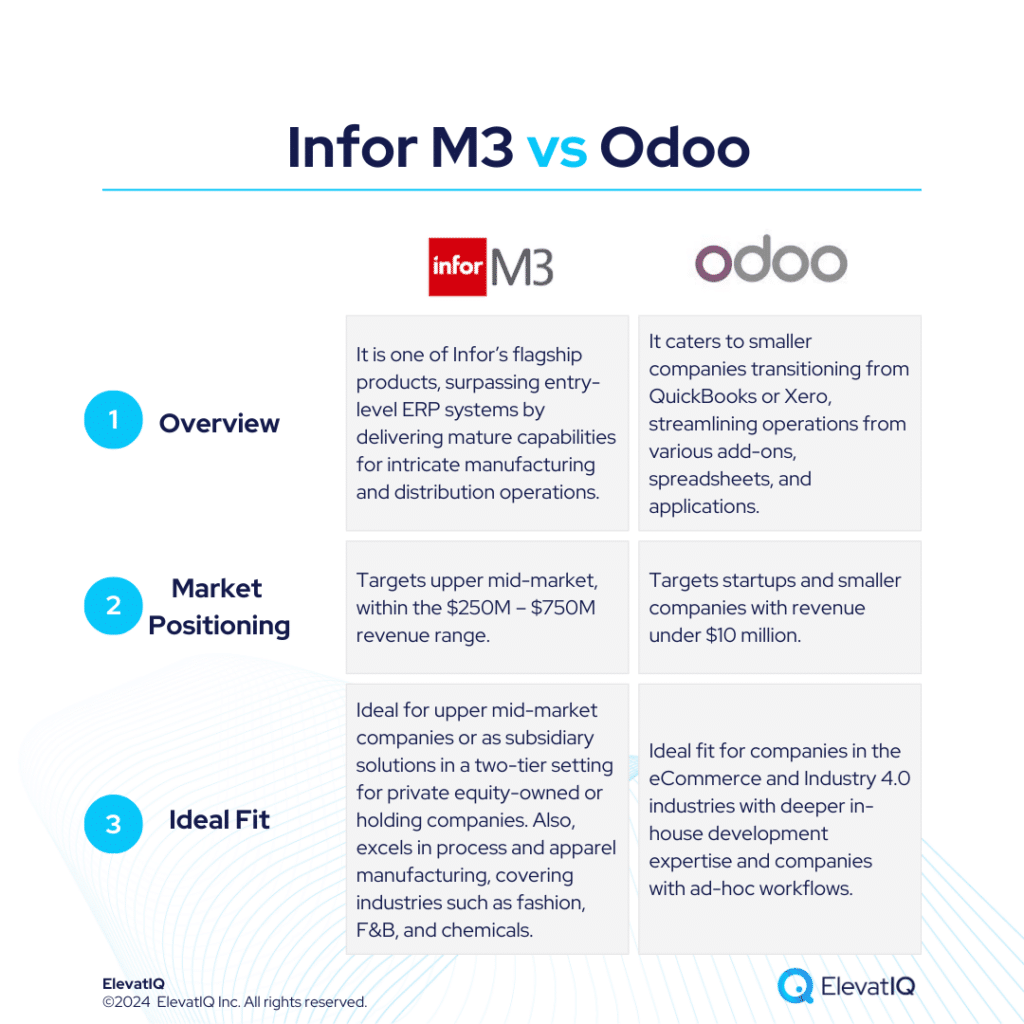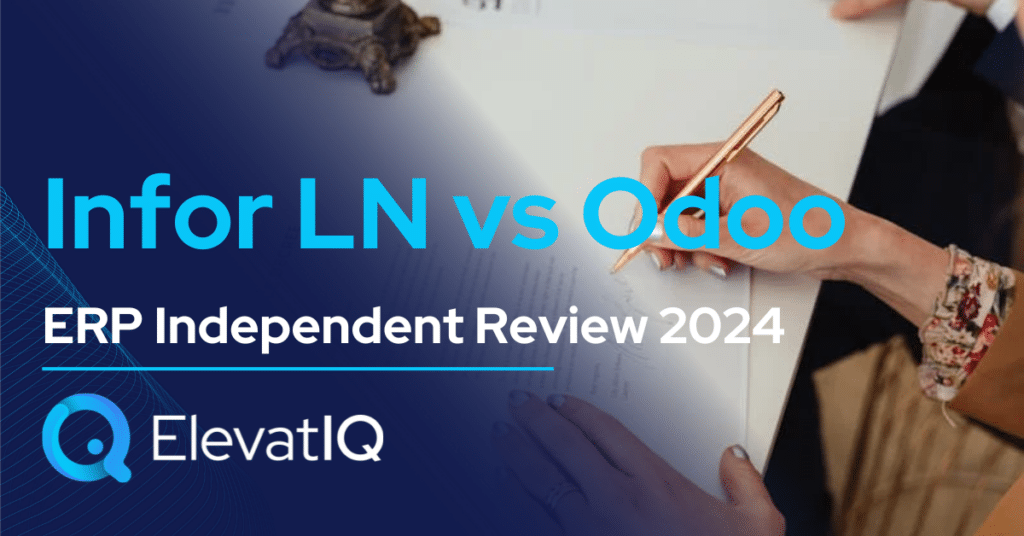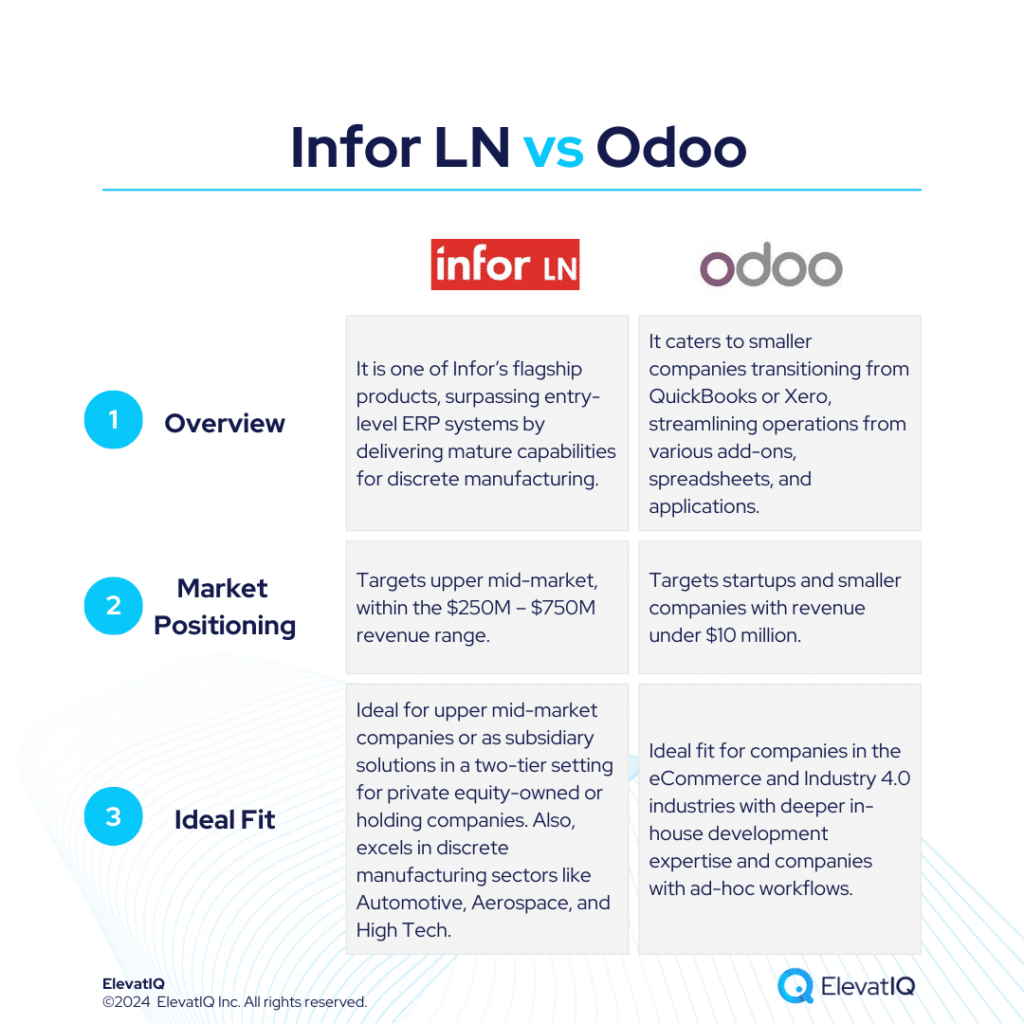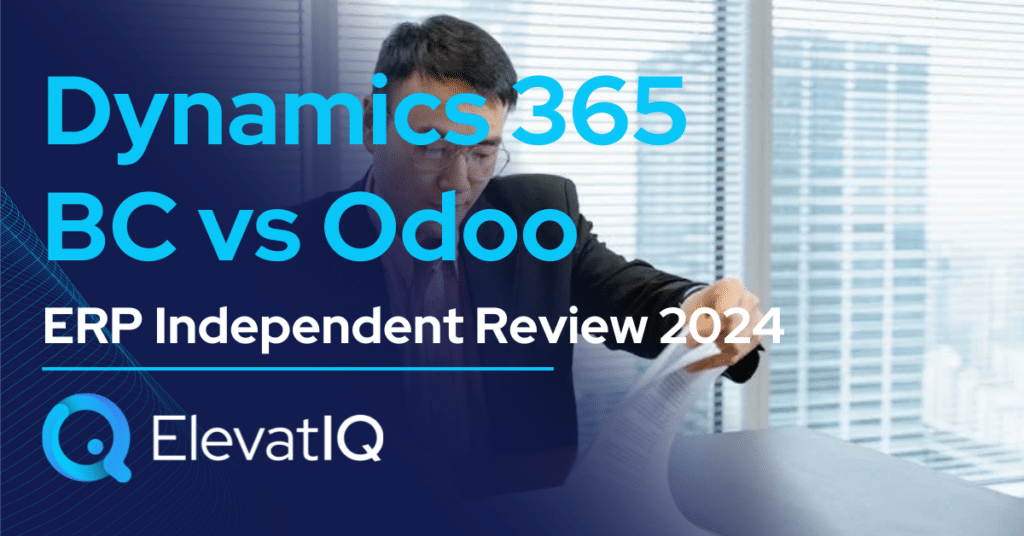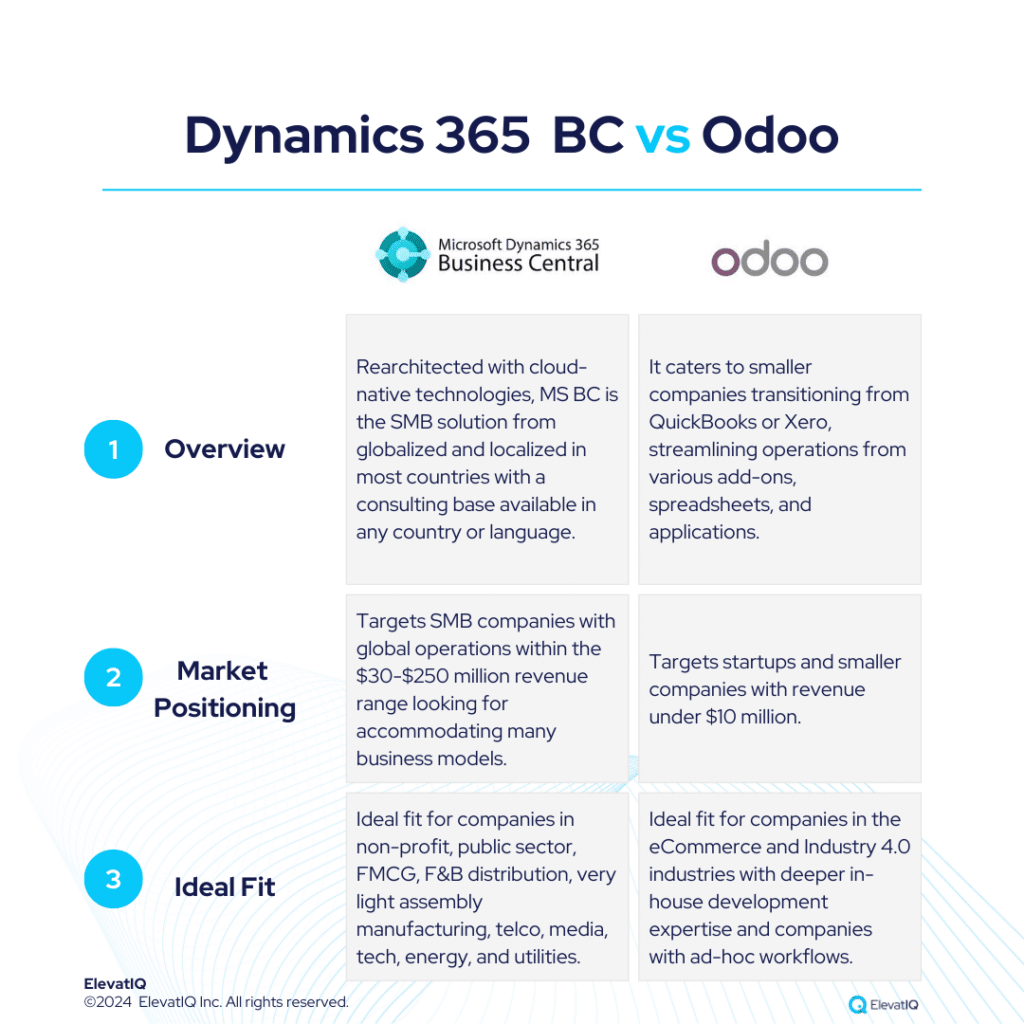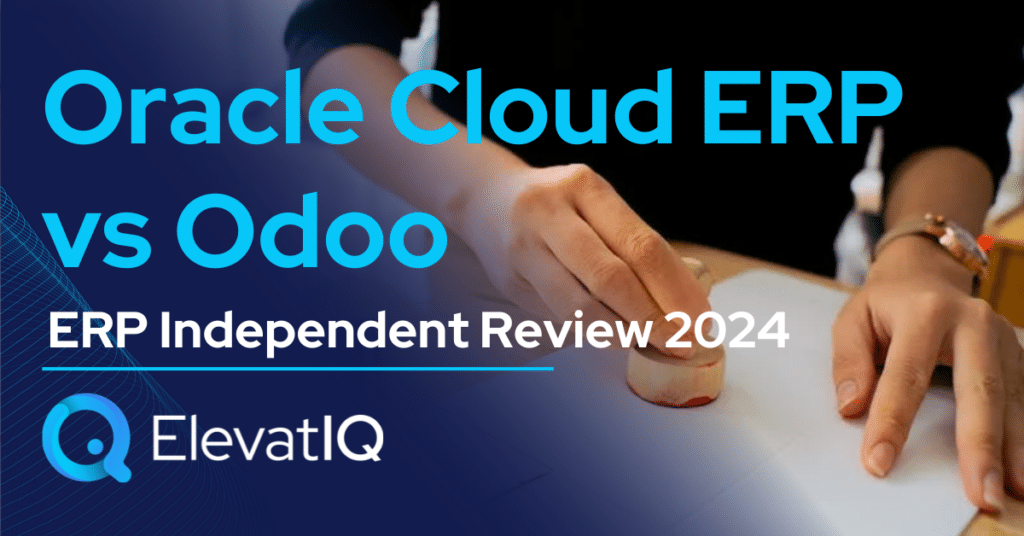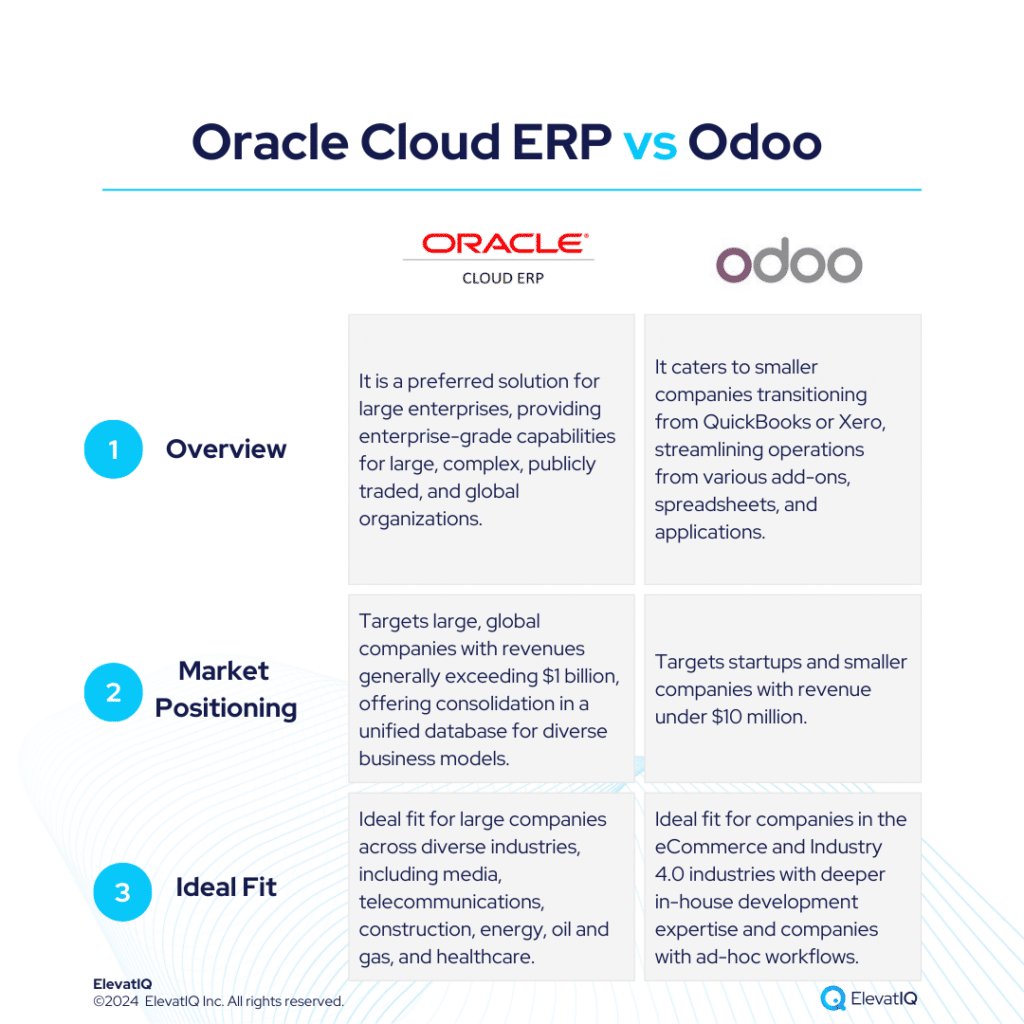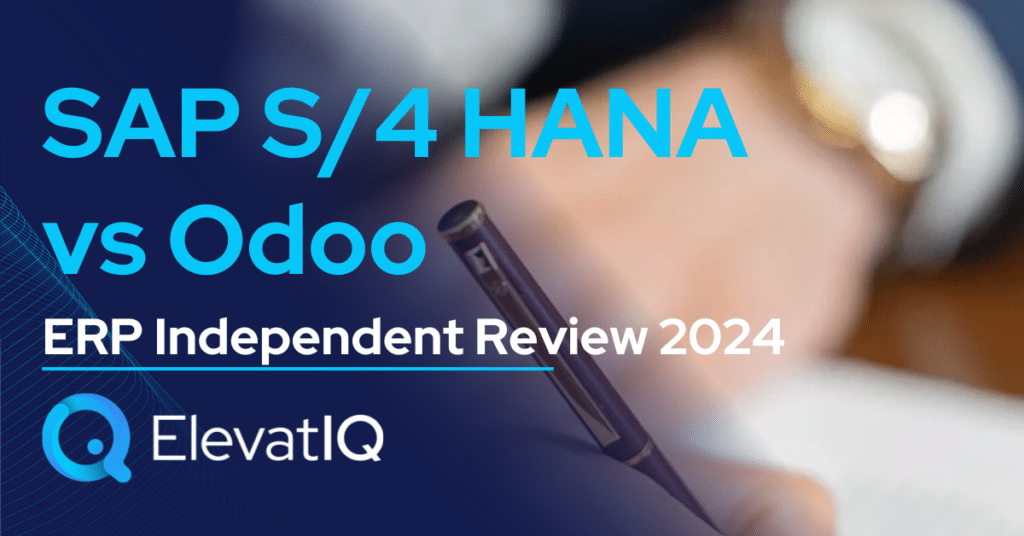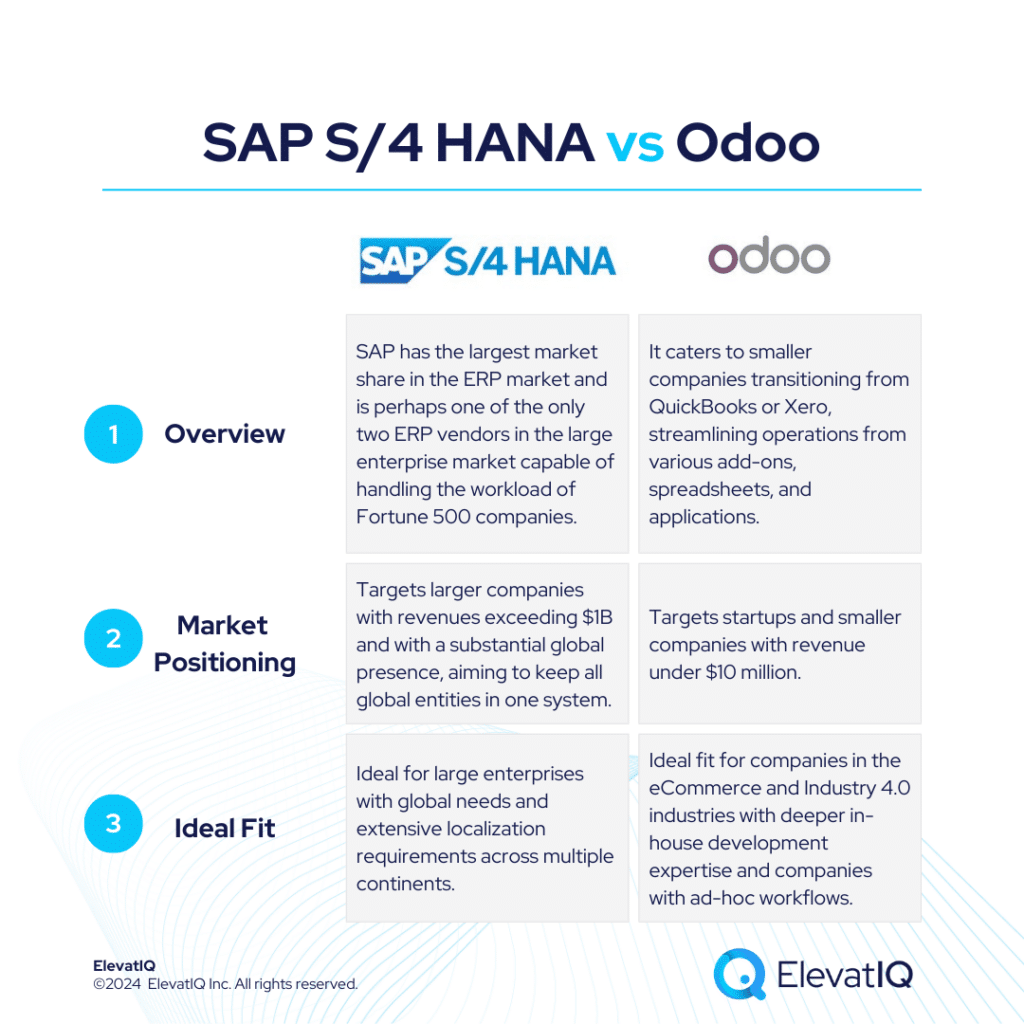HubSpot vs Microsoft Dynamics CRM Independent Review
HubSpot CRM, compared to Salesforce, has a somewhat simpler data and process model, making it a better fit for SMBs focused on content-centric marketing workflows. On the other hand, Microsoft Dynamics 365 CRM is designed for mid-to-large-sized companies, especially those leveraging other Microsoft products such as Dynamics 365 ERP. HubSpot, in particular, is designed with a focus on upstream marketing activities, offering a stronger ecosystem, but it may not be the best fit for companies with complex audiences or transactional customer-facing workflows. Whereas, for smaller companies seeking data model fluidity, Microsoft Dynamics CRM may not be the ideal choice.
HubSpot excels in user-friendliness and customization, even though it may not match the depth of customer and field service workflows or provide as many built-in custom objects for specific industries. On the other hand, Microsoft secures the second-largest market share in the CRM space, following Salesforce. It particularly appeals to companies prioritizing robust operational capabilities within the CRM, including features like territory planning, global and centralized compliance, complex CPQ processes, and tight integration with project management workflows. To better understand Hubspot vs Microsoft Dynamics CRM systems, let’s take an in-depth look into their features, strengths and weaknesses.
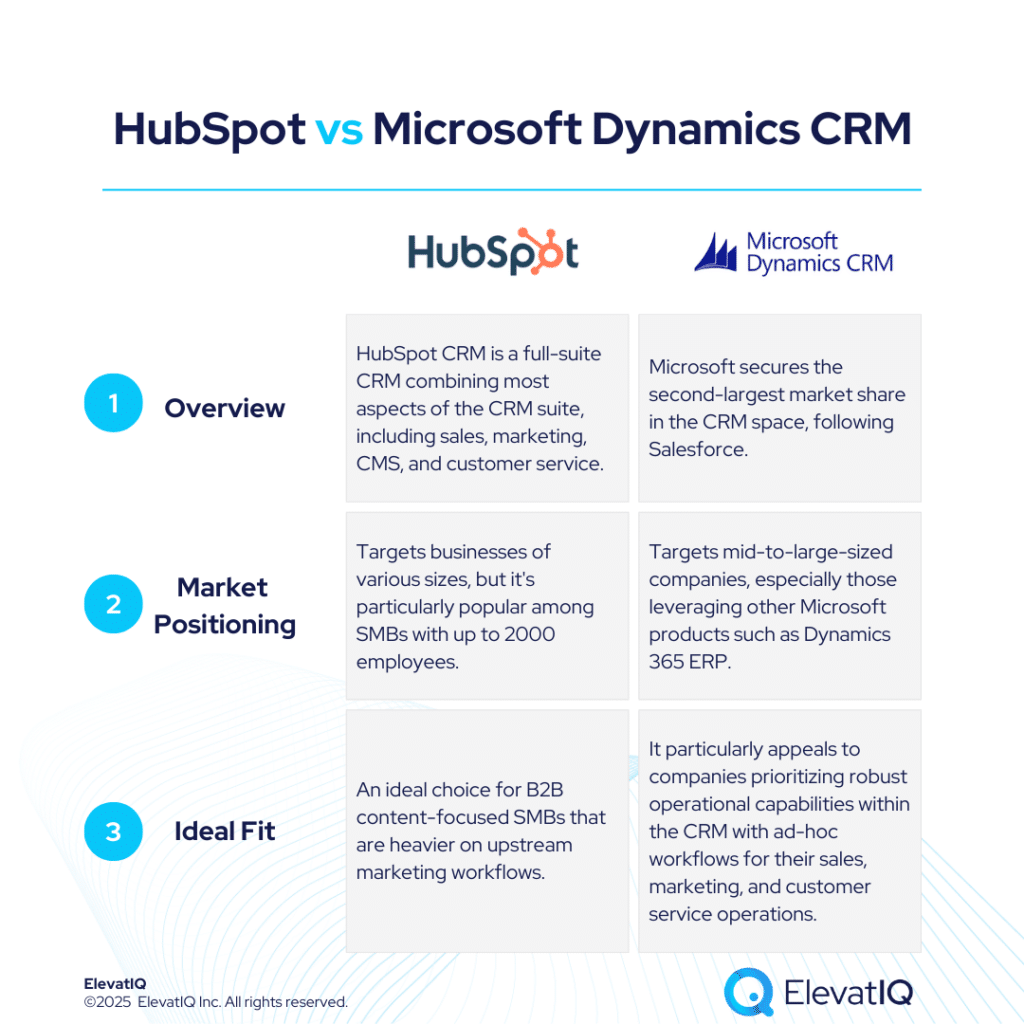

| HubSpot CRM | Microsoft Dynamics CRM | |
| Started in | 2006 | 2003 |
| Ownership by | HubSpot Inc. | Microsoft Corporation |
| No. of customers | >70,000 | >40,000 |
What Is HubSpot CRM?
HubSpot CRM is a leading choice for smaller companies aiming for seamless integration of customer-centric workflows, covering essential CRM processes such as sales, service, CMS, and marketing automation. In contrast to Salesforce, HubSpot excels in user-friendliness and customization, even though it may not match the depth of customer and field service workflows or provide as many built-in custom objects for specific industries.
However, this adaptability might pose challenges for companies unfamiliar with robust data and process governance. HubSpot CRM proves advantageous, especially for content-heavy B2B companies aiming for centralized management of digital marketing and sales channels. The recent acquisition of Clearbit further enhances HubSpot’s capabilities by integrating data and intelligence with core CRM processes, solidifying its position in the market.

What Is Microsoft Dynamics CRM?
Microsoft Dynamics 365 CRM is designed for mid-to-large-sized companies, especially those leveraging other Microsoft products such as Dynamics 365 ERP. However, for smaller companies seeking data model fluidity, it may not be the ideal choice.Microsoft secures the second-largest market share in the CRM space, following Salesforce.
It particularly appeals to companies prioritizing robust operational capabilities within the CRM, including features like territory planning, global and centralized compliance, complex CPQ processes, and tight integration with project management workflows. While Microsoft excels in supporting operational processes, its integration support may be limited to commerce and content management platforms, modern search technologies, headless platforms, data and intelligence providers, and centralized social media management platforms.

HubSpot vs Microsoft Dynamics CRM Comparison
Navigating the choice between HubSpot vs Microsoft Dynamics CRM is a significant decision for businesses particularly looking for operational efficiency and strategic alignment. Thus, this section delves into the comprehensive comparison of HubSpot vs Microsoft Dynamics CRM across various critical dimensions.
| HubSpot CRM | Microsoft Dynamics CRM | |
| Data Model | Isn’t well-suited for complex operational use cases. | Less fluid data model. |
| CRM Features | It may not suit companies with deeper compliance, regulatory, and quoting needs. | Supports advanced CRM features like AI-powered insights. |
| Ecosystem | The second choice for most leading marketing technologies to integrate with. | Equally strong with its ecosystem and app supported but may not be as preferred among upstream marketing vendors. |
| Marketing Automation | Provides an immersive experience as it’s part of the same product and data model. | Lacks strong ecosystem support with external CMS providers. |
| Integration | Provides options for seamless integration with other CRM systems, CMS platforms, and eCommerce tools. | Integration with other Microsoft products is seamless. |
| Operational Capabilities | The operational capabilities are not as detailed as some of the other CRM systems. | Robust operational capabilities like territory planning, global and centralized compliance, complex CPQ processes. |
| Territory and Comp Planning | The weaker data model makes it less suitable for industries requiring robust out-of-the-box capabilities. | The CRM comes pre-packaged with strong capabilities. |
| Customizability | Custom objects come with significant limitations, particularly around parent-child hierarchies. | Has tighter dependencies between objects, particularly regarding pricing, products, and their correlations with accounts. |
| Price | Offers a free version, but the price spikes substantially with tricky limits and tiers, making estimating prices highly challenging. | Per-user and per-app model. One of the easiest to forecast costs. |
HubSpot vs Microsoft Dynamics CRM Module Comparison
Both platforms offer a plethora of features and functionalities designed to streamline business operations and enhance efficiency. In this feature comparison, we delve into particularly the distinct capabilities of HubSpot vs Microsoft Dynamics CRM across various critical dimensions, providing insights to aid businesses in making informed decisions regarding their CRM selection. Thus, this section discusses features under each of the following modules, particularly marketing, sales, customer service and e-commerce.
Marketing
In this section, we are discussing a detailed comparison of the marketing capabilities particularly offered by HubSpot vs Microsoft Dynamics CRM. By examining their respective strengths and functionalities, particularly in managing marketing processes. Businesses can therefore gain valuable insights to determine the best-suited CRM solution for their marketing needs.
| Features | HubSpot CRM | Microsoft Dynamics CRM |
| Content Creation | Offers tools for creating blog posts, landing pages, and also marketing emails. | Offers tools for creating and managing content blocks that can be reused across multiple designs. |
| SEO Tools | Includes built-in SEO recommendations and also optimization features. | Includes SEO metadata management features, allowing you to manage site maps and page metadata. |
| Social Media Management | Allows scheduling, publishing, and also monitoring of social media posts. | Allows to manage multiple social media accounts from a single interface. |
| Email Marketing | Includes email marketing tools with templates, automation, and also analytics. | Provides tools for creating, scheduling, and sending emails. |
| Analytics | Provides detailed analytics and reporting particularly on marketing campaigns. | Can create customizable dashboards and reports to gain insights into marketing campaigns, customer interactions, and overall business performance. |
Sales
In this comparison, we explore and analyze the sales capabilities of HubSpot vs Microsoft Dynamics CRM, shedding light particularly on their respective strengths and weaknesses.
| Features | HubSpot CRM | Microsoft Dynamics CRM |
| Lead Management | Manages leads with tracking and nurturing tools. | Manage leads by capturing, scoring, nurturing, and converting them into opportunities. |
| Sales Pipeline Management | Visualizes and also tracks sales pipeline stages and progress. | Provides a visual representation of the sales process. |
| Email Tracking | Tracks email opens, clicks, and responses. | Offers email tracking capabilities to monitor and analyze email interactions. |
| Meeting Scheduling | Integrates with calendars for easy scheduling of meetings. | Helps you efficiently schedule and manage meetings. |
| Collaboration Tools | Facilitates team collaboration with shared information and tasks. | Offers integrated communication and other collaboration tools to enhance teamwork. |
Customer Service
In this comparison, we explore and analyze the customer service capabilities of HubSpot vs Microsoft Dynamics CRM, shedding light particularly on their respective strengths and weaknesses.
| Features | HubSpot CRM | Microsoft Dynamics CRM |
| Ticket System | Offers a support ticketing system for customer inquiries. | Includes a robust ticketing system to manage and resolve customer issues efficiently. |
| Live Chat | Provides live chat support for customer interactions. | Offers live chat functionality through Dynamics 365 Customer Service. |
| Customer Support Automation | Automates customer support processes and workflows. | Offers automated workflows, escalation rules along with pre-defined response templates. |
| Omni-channel Support | Supports multiple channels like email, chat, and also social media. | Helps manage customer interactions across multiple channels along with self-service portal for customers. |
E-commerce
In this comparison, we explore and analyze the e-commerce capabilities of HubSpot vs Microsoft Dynamics CRM, shedding light particularly on their respective strengths and weaknesses.
| Features | HubSpot CRM | Microsoft Dynamics CRM |
| Product Catalog Management | Manages product listings and also descriptions. | Creates and manages a comprehensive product catalog. |
| Order Fulfillment | Tracks and manages order processing and fulfillment. | Integrates with other Dynamics 365 applications like Dynamics 365 Supply Chain Management to streamline order fulfilment. |
| Personalized Shopping Experiences | Customizes shopping experiences particularly based on customer behavior. | Offers customer segmentation, personalized recommendations, targeted marketing and customer insights. |
HubSpot vs Microsoft Dynamics CRM Pros
When evaluating CRM solutions, understanding the distinct advantages of HubSpot vs Microsoft Dynamics CRM is crucial. In this section, we are particularly exploring the strengths of HubSpot vs Microsoft Dynamics CRM across various dimensions. Thus, shedding light on their respective capabilities and functionalities.
| HubSpot CRM | Microsoft Dynamics CRM |
| Stronger with upstream marketing and also content-driven workflows. | Facilitates complex business objects support for larger regulated enterprises. |
| Has strong workflows and also custom-coded actions. | Database-level replication and a shared common data model. |
| Offers consolidated platform that siloed apps. | Integrated with other Microsoft products. |
| Offering fairly detailed custom objects. | Comes pre-packaged with strong capabilities for advanced territory management and global sales compensation planning. |
HubSpot vs Microsoft Dynamics CRM Cons
Just like recognizing strengths is important, it’s also crucial to weigh the specific drawbacks of HubSpot vs Microsoft Dynamics CRM. Therefore, in this section, we will delve into the limitations and challenges associated with HubSpot vs Microsoft Dynamics CRM across various operational and financial dimensions.
| HubSpot CRM | Microsoft Dynamics CRM |
| Not fit for ad-hoc flows. | Has tighter dependencies between objects. |
| Overall expensive, also tiers are tricky to work with. | Has usability challenges compared to more flexible CRM systems. |
| The data model is rigid and also weak for B2B businesses. | The platform lacks intuitive support for CSV import and export. |
| It may not suit companies particularly with deeper compliance, regulatory, and quoting needs. | Less user-friendly for sales teams looking to import opportunities and leads from external systems. |
Conclusion
Both HubSpot vs Microsoft Dynamics CRM cater to distinct business needs, making them suitable for specific scenarios. HubSpot CRM excels in content-driven workflows, user-friendly interfaces, and seamless marketing automation, making it an excellent choice for SMBs and B2B companies focused on upstream marketing. On the other hand, Microsoft Dynamics CRM is tailored for mid-to-large-sized enterprises, offering robust operational capabilities, deep integration with other Microsoft products, and advanced features for compliance, CPQ processes, and territory management.
Ultimately, the decision between HubSpot vs Microsoft Dynamics CRM hinges on your organization’s size, industry, operational priorities, and budget. Both systems have their strengths and limitations, so businesses should carefully evaluate their specific needs. Also, seeking assistance from an independent CRM consultant can significantly aid the decision-making process.
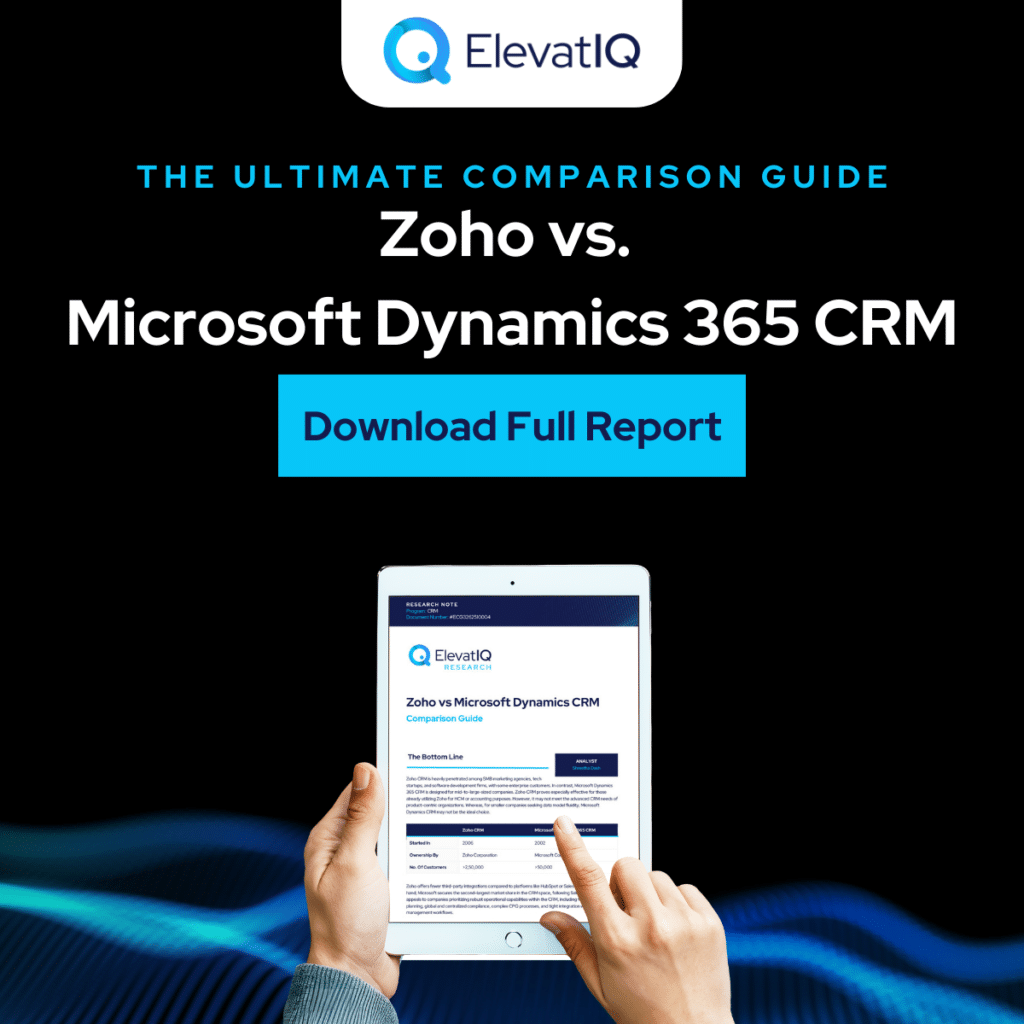
FAQs
HubSpot vs Microsoft Dynamics CRM Independent Review Read More »

